We know winter can be beautiful and hold charms of its own. Still, our recent winter has been one of extremes. This week, we have had a winter thaw with temperatures reaching a spring-like 8C yesterday followed by heavy rain, high winds and a precipitous drop in temperature that prompted warnings of a flash freeze. The rain and melting snow have caused the Thames to overflow its banks once again.
It would be more tempting to be outside on a day such as this late January day in 2023.
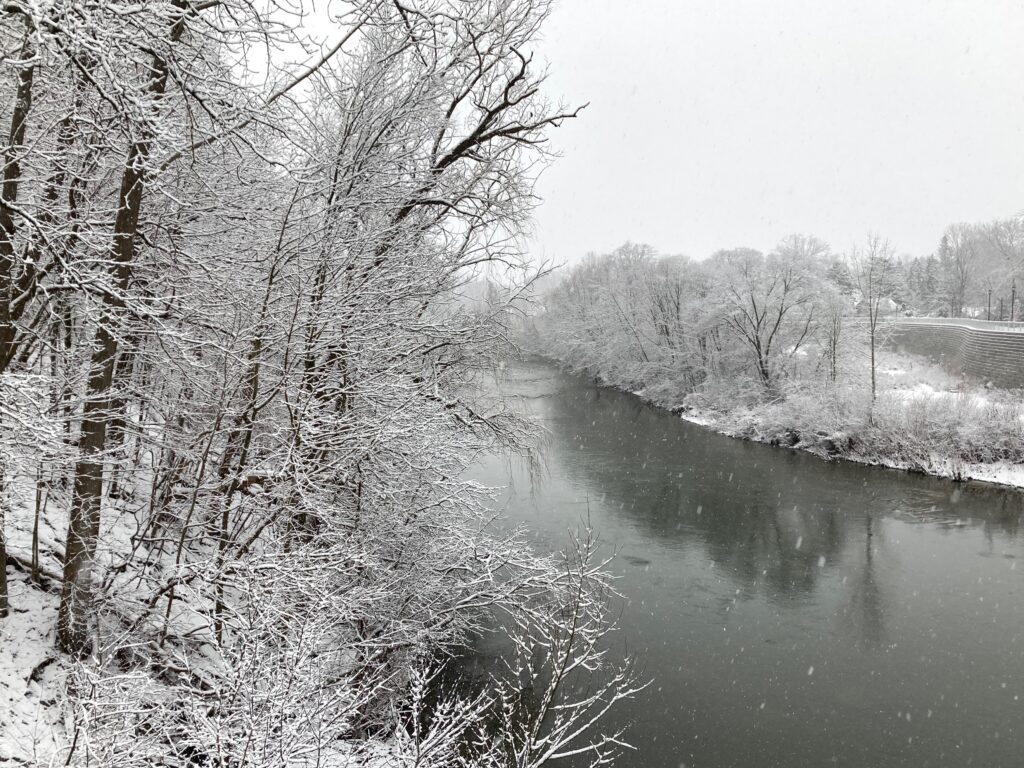
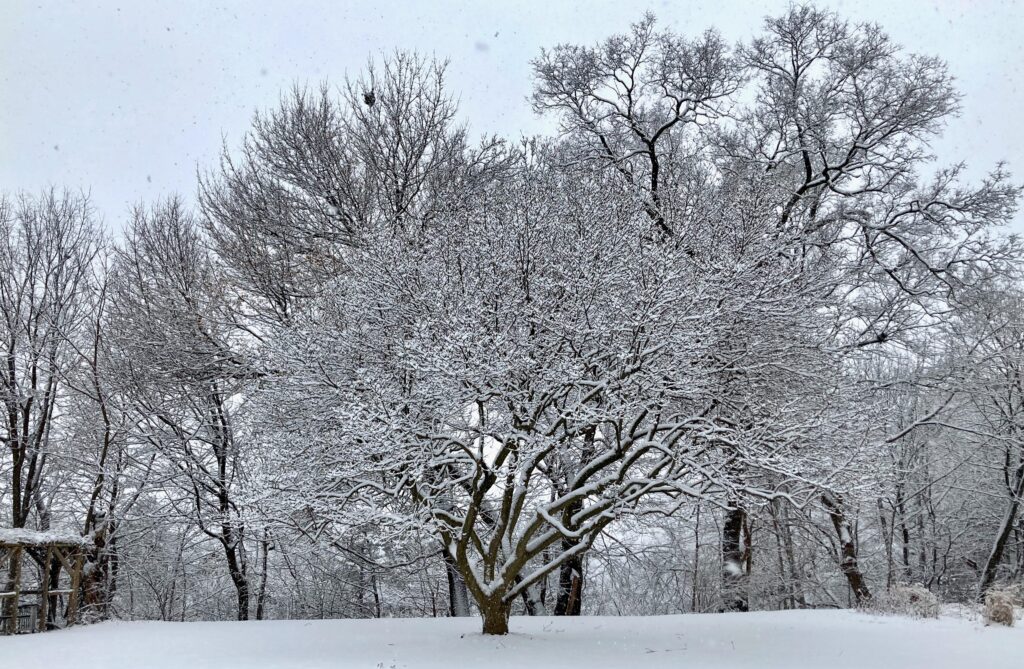
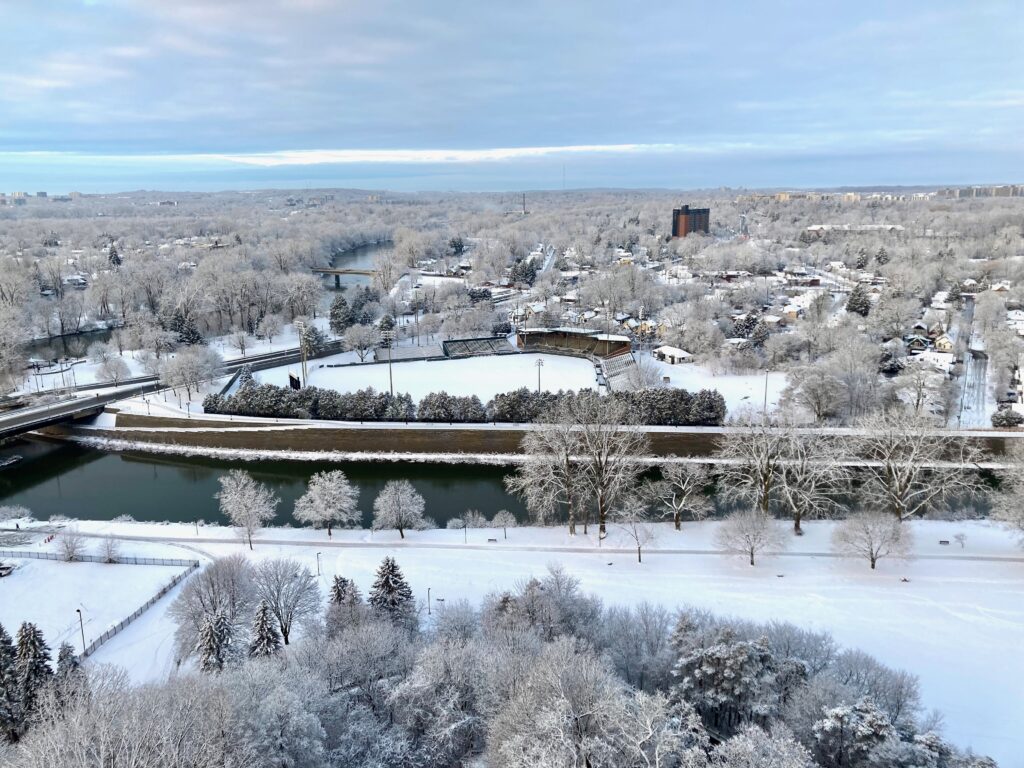
Our sightings of wintering ducks and waterfowl at Gibbons Park last week, reminded us of the abundance of wintering ducks we used to see along the shores of Lake Ontario in Toronto.
Here are some of our favourite locations and sightings from January and February 2018. We know you’ve seen them before, but we hope you enjoy seeing them again as much as we do.

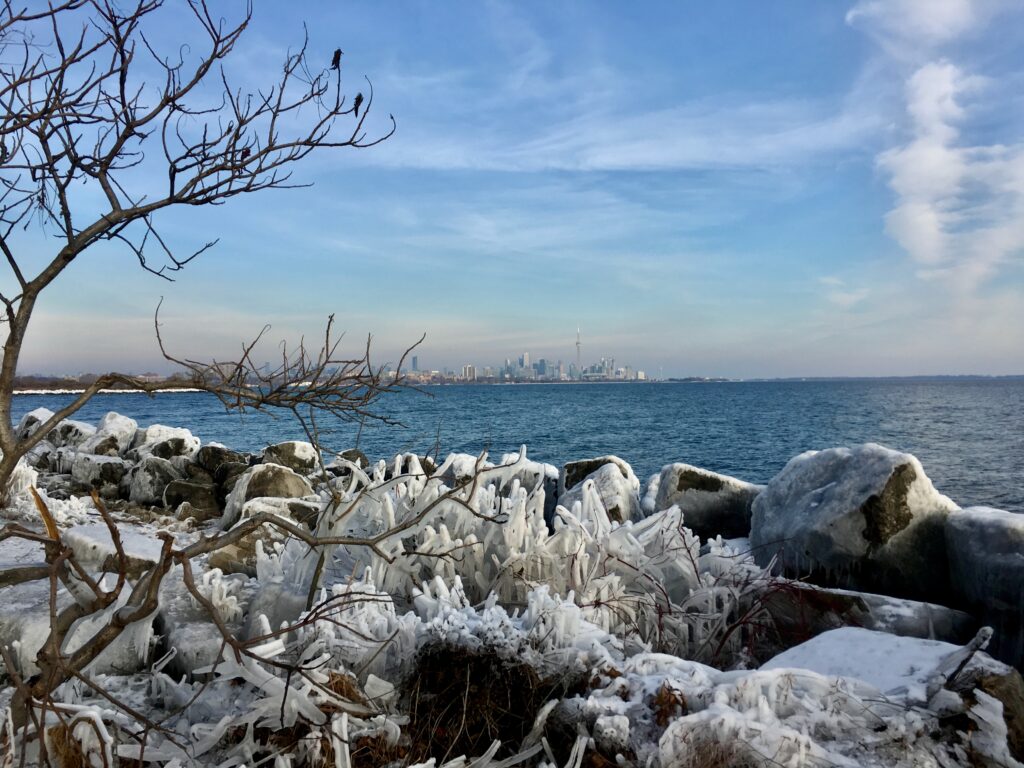
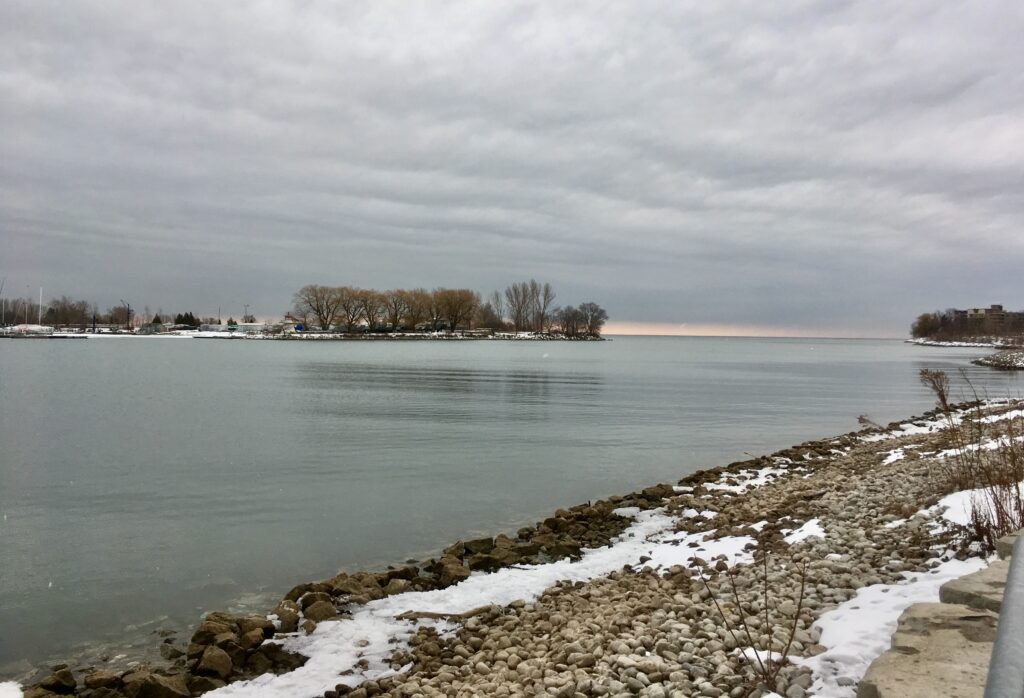
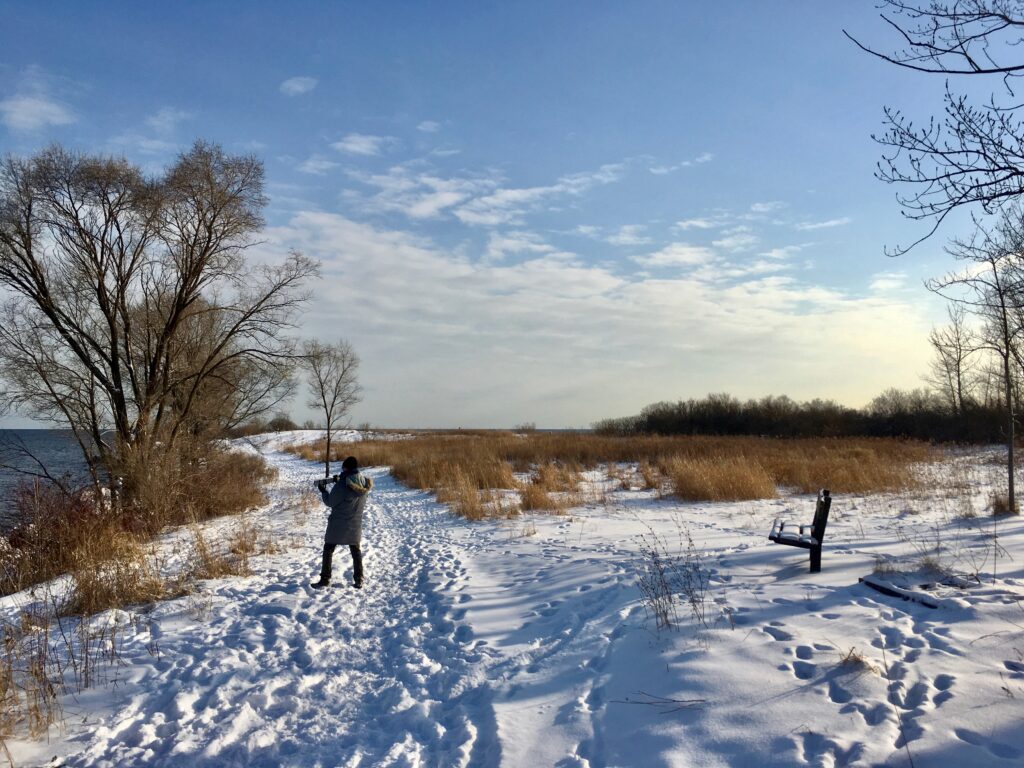
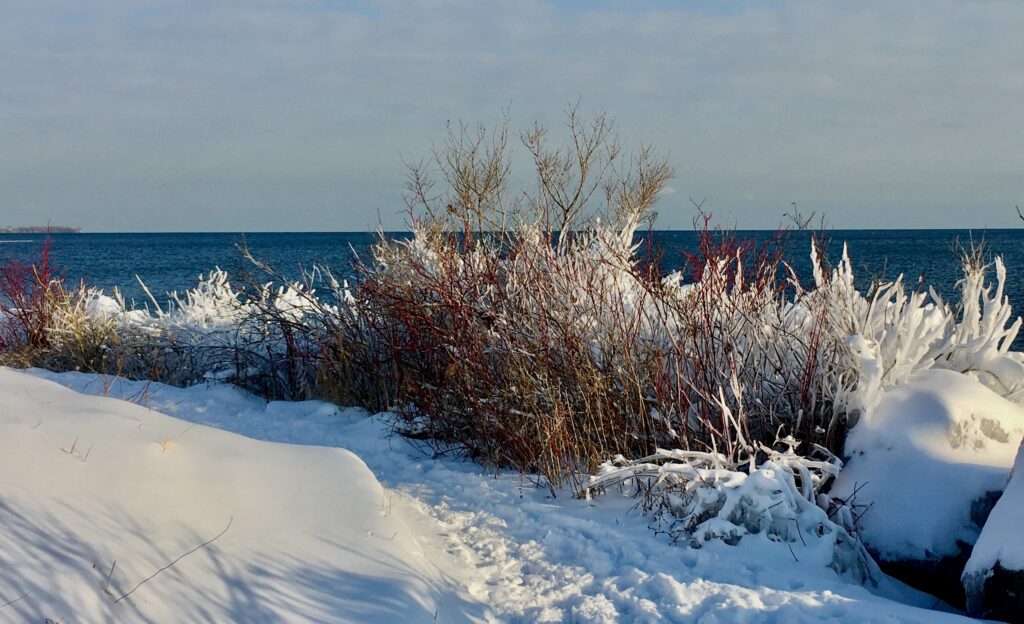
Both Greater and Lesser Scaup are among the Arctic-breeding birds that flock to Lake Ontario. There, they dive for zebra mussels and other crustaceans in the winter. Scaup have muscular gizzards that grind the shells in splinters.



White-winged Scoters arrive in smaller numbers, also attracted by the abundance of zebra mussels and other mollusks. Since female White-winged Scoters have a white patch on their cheeks, the brown birds in the photos below are of immature males. The lower one appears to be changing its bill colour.




Buffleheads are small, but mighty diving ducks that arrive for the winter to feed on crustaseans, invertebrates and mollusks. They largely breed north and west of Lake Superior.


One frigid winter day in February 2018, we watched as this female Bufflehead repeated dove through the pounding waves in search of food. Also in the photo on the right is a female Common Goldeneye.


Common Goldeneyes also dive for crustaceans, mollusks, fish, insects and vegetation.
Female Goldeneyes


Long-tailed Ducks are the final diving ducks in this collection. They, too, eat mostly crustaceans, mussels and small fish. They breed on the Arctic tundra, often near freshwater wetlands. The males of the species give Long-tailed Ducks their name.


Red-breasted Mergansers dive for small fish, and sometimes also consume crustaceans, insects, and tadpoles. They breed in wetlands of the boreal forest.


Redheads are among Susan’s favourite ducks. Redheads sometimes dive for invertebrates, but also dabble for submerged vegetation. Some breed along the lower Great Lakes and St. Lawrence River whereas many breed in the Prairie provinces and in the northern U.S. midwest. There are some scaup mixed in the the male and female Redheads in the first photo.




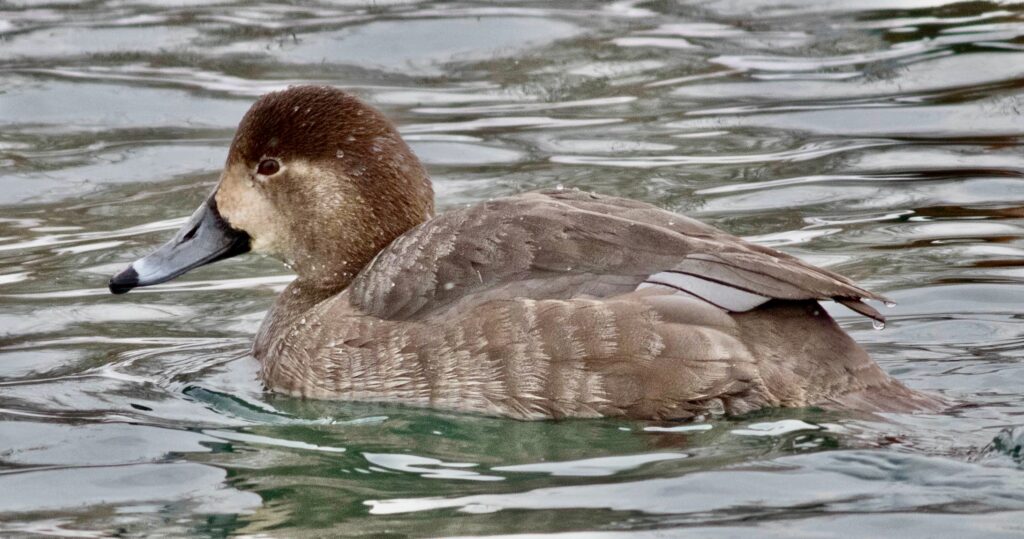
In our next missive, we may be tempted to send you photos of other ducks and waterfowl that dabble for vegetation…
Early Rock and Roll
Long before I was 10-years-old in 1958, teenagers were dancing to rock and roll songs. These songs are so old that good quality recordings are scarce. We are lucky to have a few of them.
From 1956 and earlier, we have Heartbeak Hotel, Blue Suede Shows, and Long Tall Sally. Each is performed by the original artists.

From 1957, we have two versions of the same Jerry Lee Lewis song, two more songs from the Elvis Songbook, Chuck Berry, Everly Brothers, Buddy Holly. It was YouTube videos of Tom Jones on The Voice that reminded me how much I still love energetic Rock and Roll. I was never a fan of Tom Jones, but I love how he could attract great performers join him on television.
